Are you fascinated by the small scuttling things you see in rockpools, the native insects hiding in your garden, or the different bushes, weeds, and trees you see while out for a walk around Wellington? Why not finish off the school holidays in true environmental style and take part in the City Nature Challenge!
From Friday 26 April to Monday 29 April cities around the world will be competing in the City Nature Challenge. During the challenge your goal is to search for, report, and log any sightings of wild plants, creatures, or organisms, living or dead, on the land, up the mountains, in the sea — and in your backyard. There’s even been a plea sent out from DOC for people to submit pictures of weeds!
We’re taking part in the City Nature Challenge to record which species are in our city to help study and protect them – or in the case of those weeds DOC is after, to provide information to help us detect new weed infestations early. The more people who take part, the more information we can provide!
It’s super easy to take part – just download the iNaturalist app (free on the app store). Once you’re set up with an iNaturalist account, any observation you make in the Greater Wellington Region during the challenge dates will be automatically added to the challenge. You can find a great guide to getting started and submitting observations here.
If you’d like some inspiration, here are some of the observations that were made last year during the 2023 City Nature Challenge in the Greater Wellington Region.
There are also a number of whānau-friendly Discovery Events being held across the city to encourage people to look more closely at the natural world around them:
- Ōtari Night Exploration – Friday 26 August, 5pm-7.30pm
- Taputeranga Rock Pooling – Saturday 27 April, 10am-12 noon
- Ōtari guided Exploration – Sunday 28 April, 10am-12 noon
- Fungi Guided Exploration – Sunday 28 April, 2pm-4pm
Information about these events can also be found over on the Wellington City Nature Challenge webpage, and we also recommend checking out the Te Upoko o te Ika (Wellington Region) project page over on iNaturalist.
If you’d like to head off on your own discovery walk, we highly recommend taking a copy of Giselle Clarkson’s The Observologist along with you. It’s full of interesting facts and useful tips for finding small and fascinating creatures, plants, and fungi in the most unexpected of places.
Here are some books you may find useful as you participate in the City Nature Challenge this weekend:
 The observologist / Clarkson, Giselle
The observologist / Clarkson, Giselle
“An observologist is someone who makes scientific expeditions every day, albeit very small ones. They notice interesting details in the world around them. They are expert at finding tiny creatures, plants and fungi. They know that earthworms have bristles, that moths come out in the daytime and how many tentacles a slug has. An observologist knows that there are fascinating things to be found in even the most ordinary places.”–Back cover.
 Critters of Aotearoa : 50 bizarre but lovable members of our wildlife community / Toki, Nic
Critters of Aotearoa : 50 bizarre but lovable members of our wildlife community / Toki, Nic
“Slimy, stinky, creepy, crawly and gross, but also a little bit cute! Discover New Zealand’s most curious creatures, from Smeagol the gravel maggot, to the walking worm and the drooping blobfish, with Nicola Toki from the hit Radio New Zealand show ‘Critter of the Week’ as your guide. Featuring 50 illustrated profiles of Aotearoa’s weird and wonderful critters, and an introduction by Jesse Mulligan, this book proves that sometimes nature’s best stories are the ones you have to work a little harder to uncover. ” (Adapted from Catalogue)
 New Zealand nature heroes / Candler, Gillian
New Zealand nature heroes / Candler, Gillian
“New Zealand Nature Heroes is designed to inspire and empower New Zealand kids to be naturalists and conservationists. The book features stories of 15 different nature heroes, people, who, in the past, or currently, are working to protect and understand New Zealand’s natural world.”–Publisher’s website.” (Catalogue)
 The life-size guide to insects & other land invertebrates of New Zealand / Crowe, Andrew
The life-size guide to insects & other land invertebrates of New Zealand / Crowe, Andrew
“Pictorial guide to identifying common insects, spiders and other land invertebrates of New Zealand. Suggested level: primary, intermediate, secondary.” (Catalogue)
 The life-size guide to native trees and other common plants of New Zealand’s native forest / Crowe, Andrew
The life-size guide to native trees and other common plants of New Zealand’s native forest / Crowe, Andrew
“Identifying native trees and other common plants of New Zealand’s native forest can be fun for all the family with this new pictorial guide. Match leaves, flowers, seeds, berries and bark against beautiful, life-sized photographs for fast, accurate identification. Written by one of New Zealand’s foremost writers on native plants, The Life-Size Guide offers a new opportunity to explore and enjoy the natural world of our native plants.” (Catalogue)
 Wildlife of Aotearoa / Bishop, Gavin
Wildlife of Aotearoa / Bishop, Gavin
“Long before waka touched Aotearoa’s shores, the land of the long white cloud was home to an array of creatures uniquely adapted to its environments and protected by its isolation. Encounter New Zealand’s incredible wildlife in this spectacular visual exploration. Journey through ocean, sky and land to meet a marvellous range of organisms. Discover fascinating facts, and learn how we influence the survival of our living treasures”–Publisher information.” (Catalogue)
 24 hours on the kiwi seashore / Torckler, Gillian
24 hours on the kiwi seashore / Torckler, Gillian
“Describes each four hour period along the coastline, and provides information about the birds, fish and sea creatures that feature in each time period.” (Catalogue)
 New Zealand’s backyard beasts / Barraud, Ned
New Zealand’s backyard beasts / Barraud, Ned
“In the garden, creeping along branches, hiding under stones or flitting from flower to flower, a whole universe of creatures is waiting to be discovered. In New Zealand’s Backyard Beasts, children (and adults) can learn to identify some of the creatures most commonly found in the backyard. Explore bees and wasps, beetles, butterflies, and moths (insects), centipedes and millipedes (myriapods), spiders (arachnids), snails and slugs (crustaceans) and more. From the simply curious to the budding entomologist, New Zealand’s Backyard Beasts will please and inform all age groups about the fascinating creatures found in the back garden.” (Adapted from Catalogue)
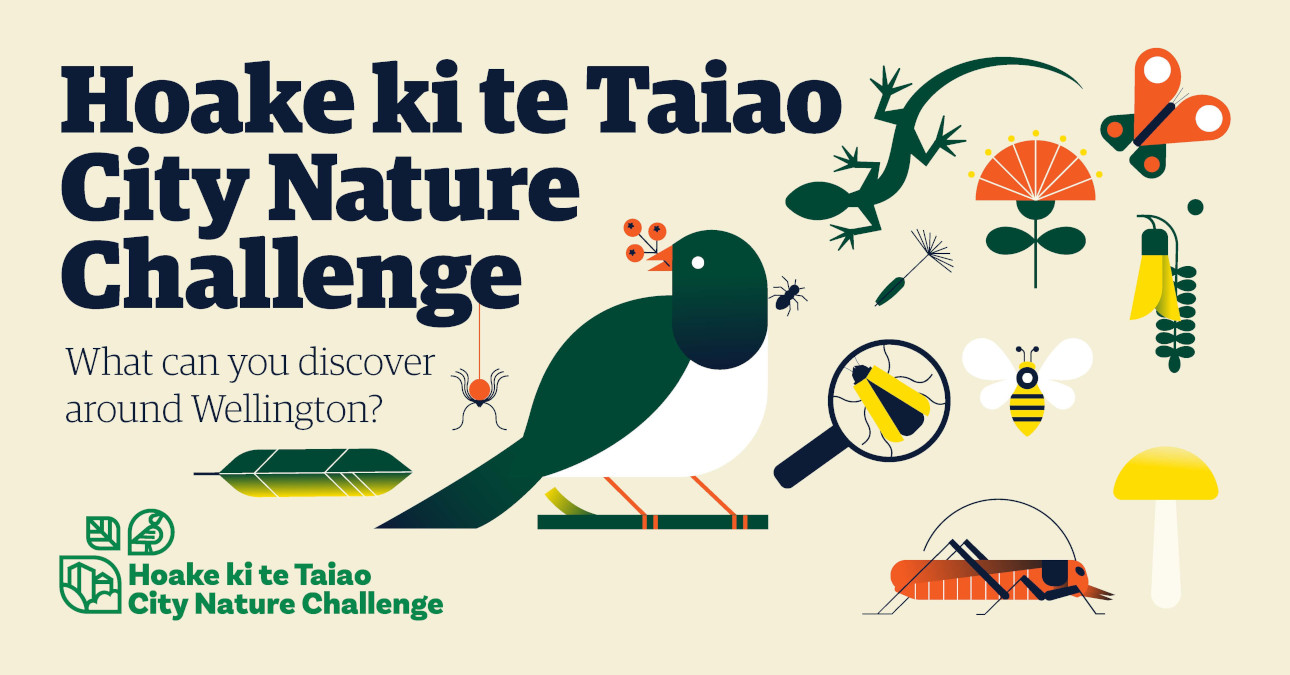
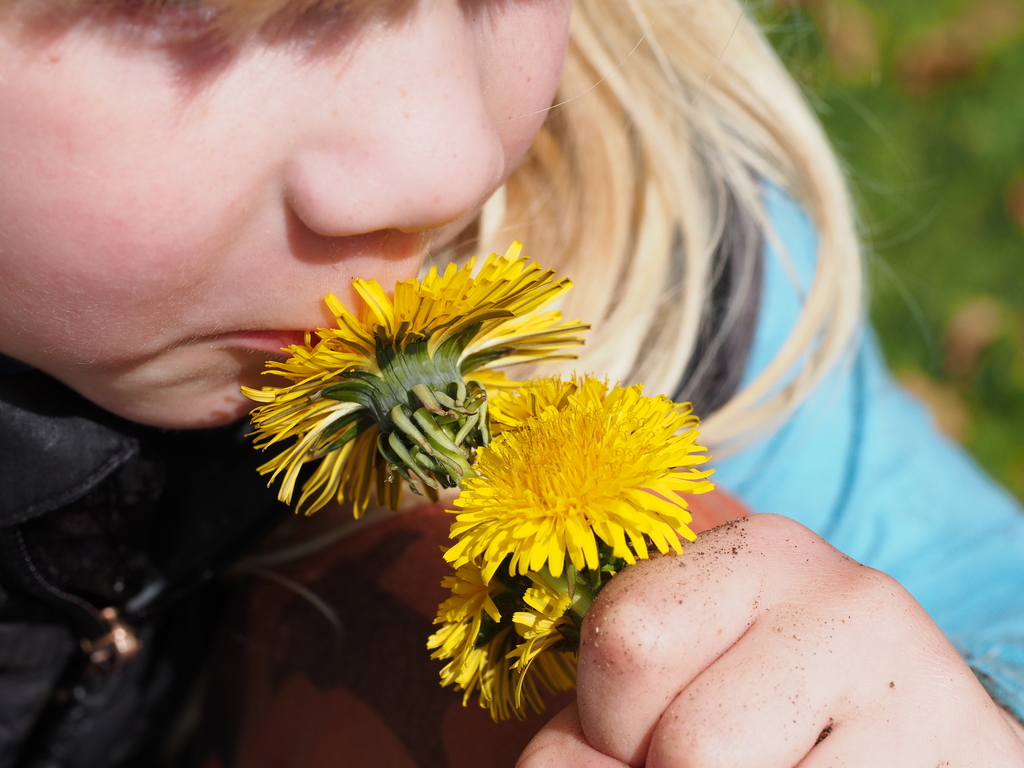
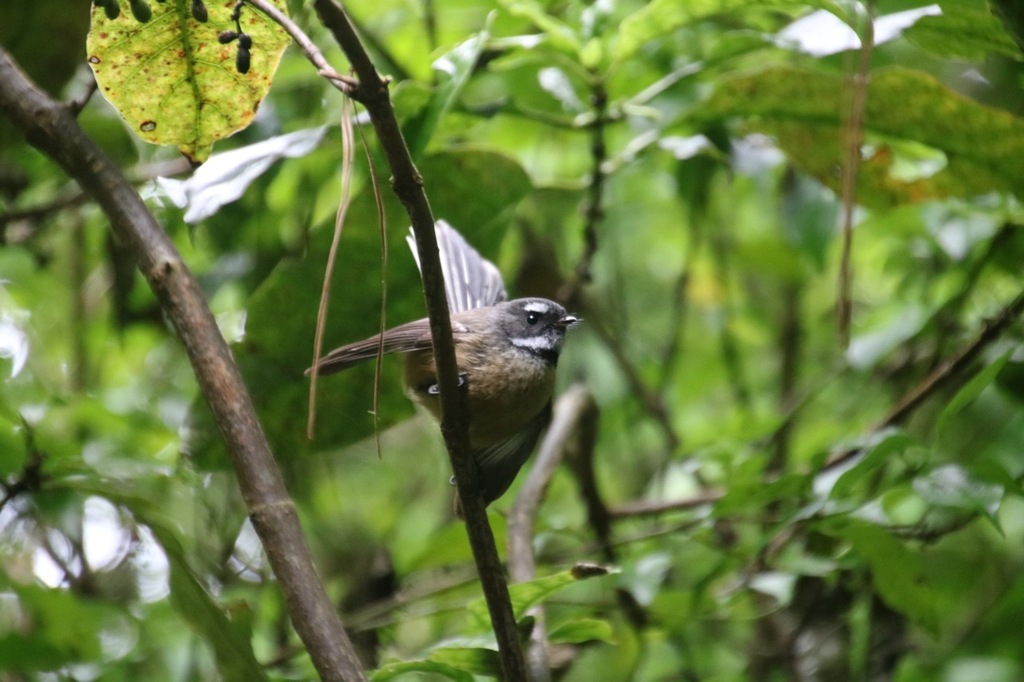

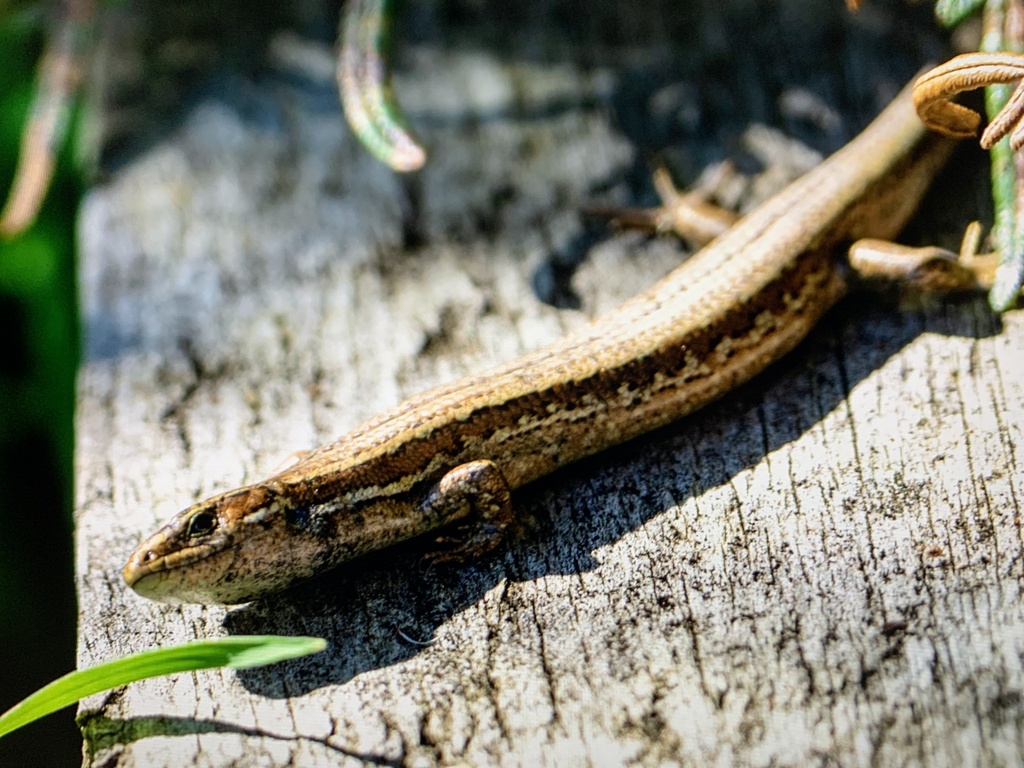
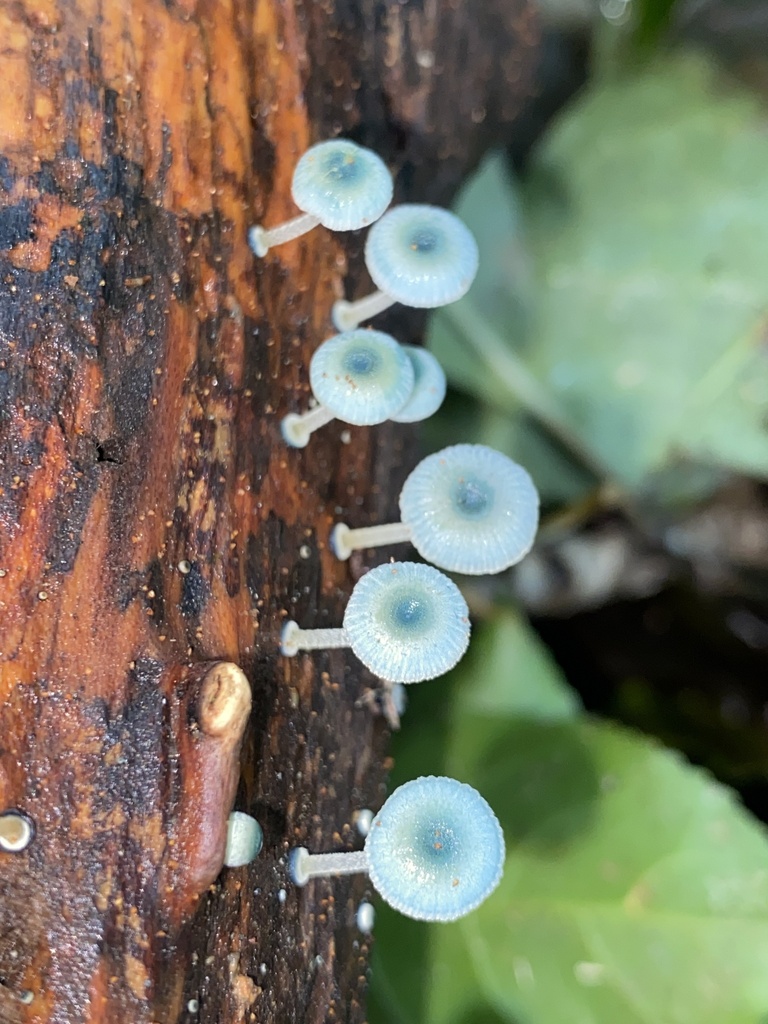
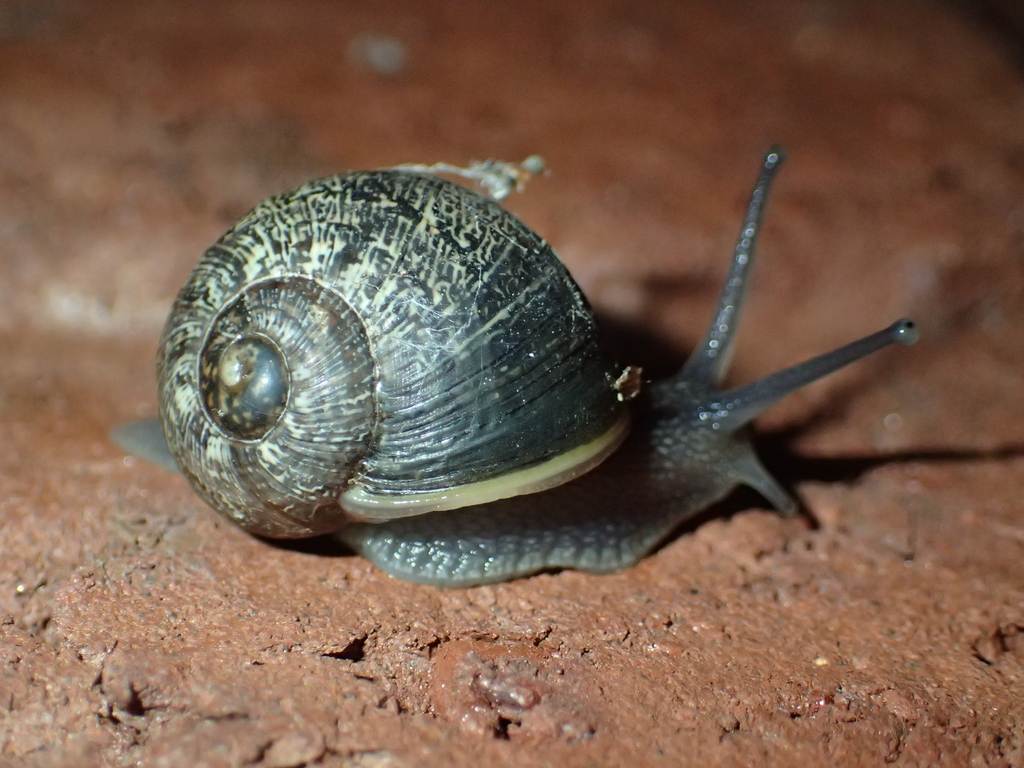
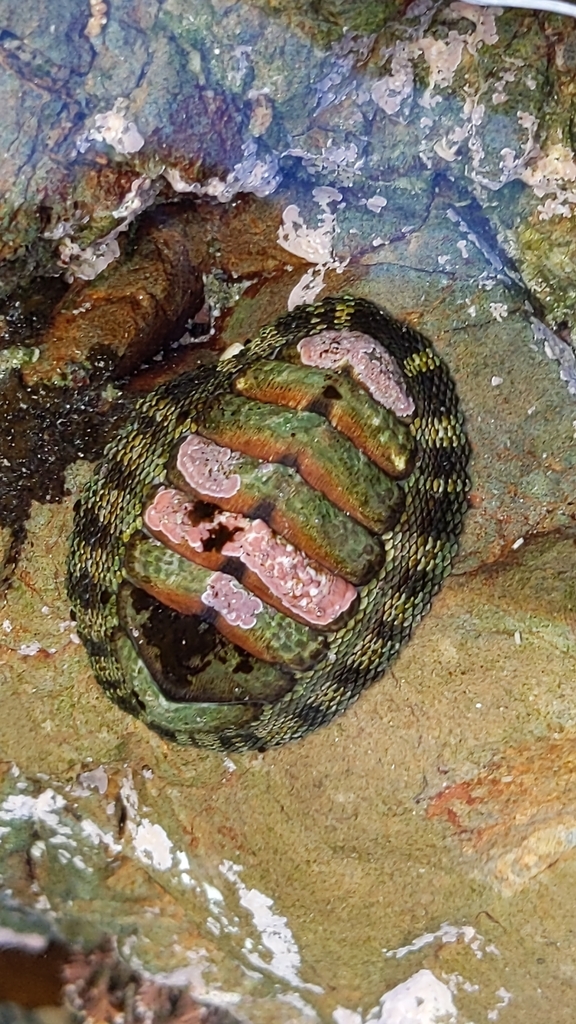
 Spiders are not insects. Instead, spiders are known as
Spiders are not insects. Instead, spiders are known as 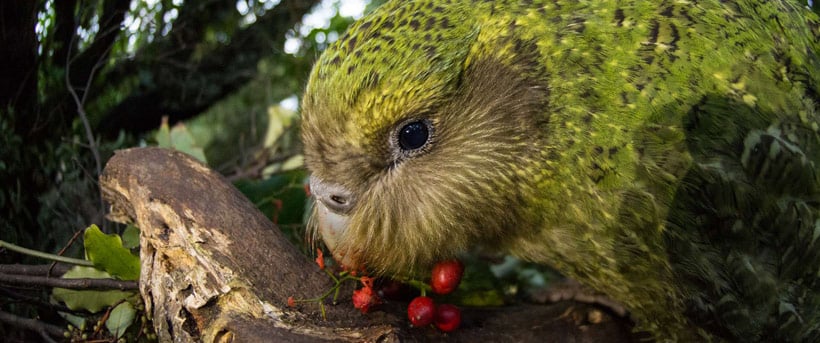
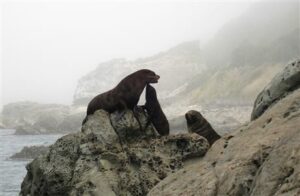
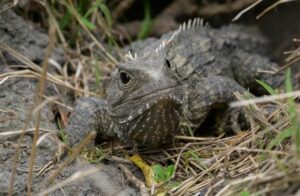
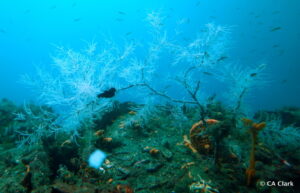
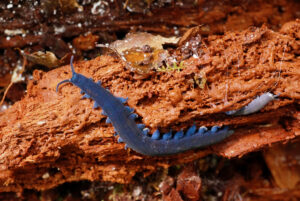

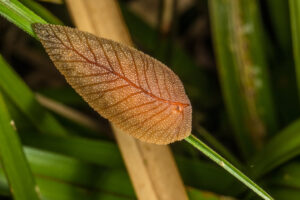
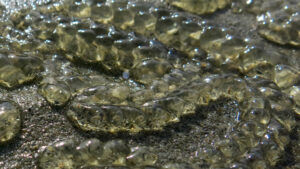
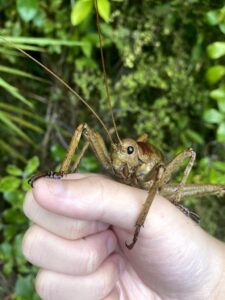


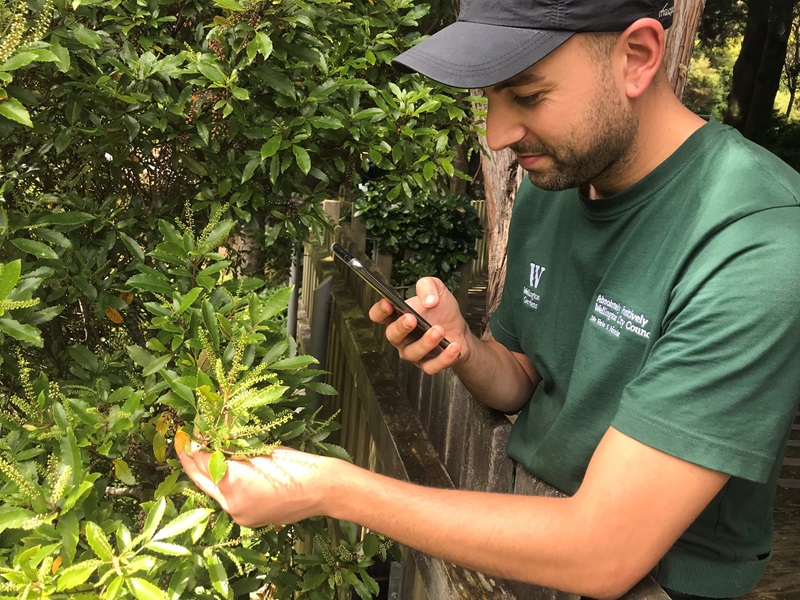
 Take New Zealand’s GIANT WĒTĀ (wētāpunga) for example. This big daddy of an insect features in the
Take New Zealand’s GIANT WĒTĀ (wētāpunga) for example. This big daddy of an insect features in the  You really know Summer has arrived when the CICADAS start their noise! But why do they do it? And how?
You really know Summer has arrived when the CICADAS start their noise! But why do they do it? And how? We’ve all experienced the FLIES massing as soon as the barbeque is cooking and the salads are out on the picnic table. But why do they do this? The common house fly has a pretty powerful sense of smell and is attracted to strong smells – especially meat, and especially rotting meat! They like to lay their eggs in rotting material so that when their babies – maggots – hatch they have something to eat, yum! But just like the rest of us, adult flies have to eat too so that they’ve got the energy to fly. To eat their food, flies regurgitate (bring up) saliva from their stomachs, which dissolves the food until it is digestible. The house fly then uses its proboscis – like an attached straw where your nose should be – to suck up the liquefied food. Though they eat with their mouths, house flies taste with their feet. This is why they are always crawling on your food.
We’ve all experienced the FLIES massing as soon as the barbeque is cooking and the salads are out on the picnic table. But why do they do this? The common house fly has a pretty powerful sense of smell and is attracted to strong smells – especially meat, and especially rotting meat! They like to lay their eggs in rotting material so that when their babies – maggots – hatch they have something to eat, yum! But just like the rest of us, adult flies have to eat too so that they’ve got the energy to fly. To eat their food, flies regurgitate (bring up) saliva from their stomachs, which dissolves the food until it is digestible. The house fly then uses its proboscis – like an attached straw where your nose should be – to suck up the liquefied food. Though they eat with their mouths, house flies taste with their feet. This is why they are always crawling on your food.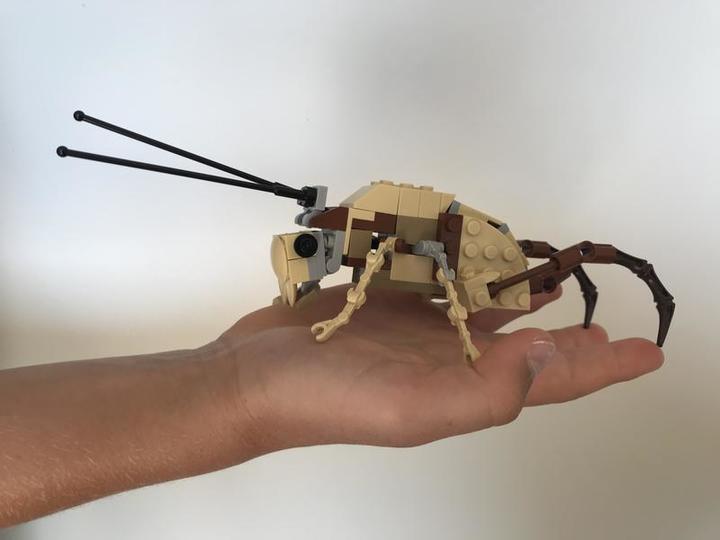 CRITTER OF THE WEEK:
CRITTER OF THE WEEK: World’s biggest baddest bugs
World’s biggest baddest bugs



















